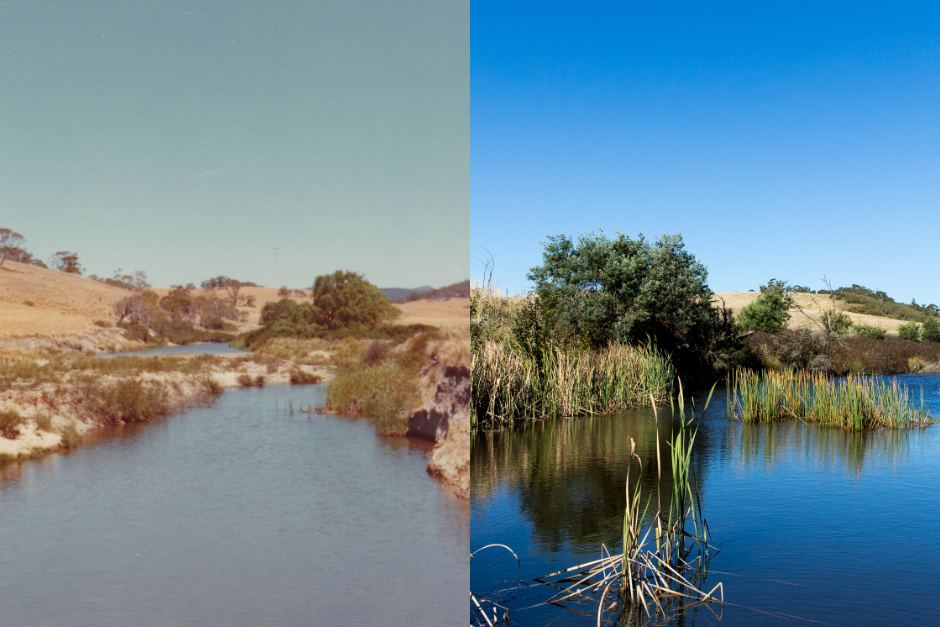Rehydration Priority Map
NSW rehydration priority map
Landscape rehydration is a recognised mechanism for improving resilience of agriculture and enhancing ecological services for the environment. However, there is uncertainty around the suitability of landscape rehydration practices across the diverse catchments in NSW. Poor understanding of these risks and indistinct Returns on Investment are impeding landholders and catchment manages from undertaking rehydration works.

To maximise the probability of success of investment in landscape rehydration works an efficient evaluation process based on best practice and technology is needed. This project will produce:
A spatial output similar to a heat map, ranking the various areas of NSW for application of landscape rehydration for farm productivity and environmental outcomes. The output could be an invaluable high-level guidance used by government agencies, investors, industry, regulators, farmers and their advisors when evaluating the potential merits of landscape rehydration in specific sub catchment areas.
An approach to determining the potential benefits and risks in adapting catchment rehydration measures to achieve a quantified level of drought resilience at both catchment and farm scale.
Broader uptake of landscape rehydration provides an opportunity to manage climate change impacts through creating resilience to physical and acute risks of increased severity of storms, floods, fires, heatwaves and chronic changes to rainfall patterns. Landscape rehydration can also create the physical conditions for increased sequestration of carbon from the atmosphere into the soil and so addressing to some extent the transition risks associated with climate change and improving soil health and productivity.
Other benefits include:
- rebuilding the natural landscape function of catchments,
- improved reliability of stream flows and water quality,
- improved ecosystem function,
- enhanced agricultural productivity; and
- improved biodiversity.
Acknowledgments
This work is being undertaken by the Mulloon Institute and Hydroterra, and has been funded by the NSW Primary Industries Climate Change Research Strategy.